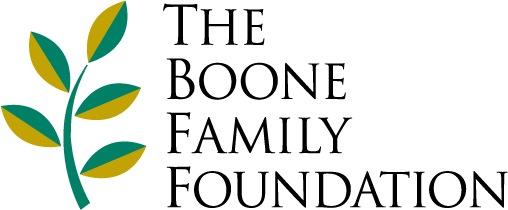In 2019, over 68,000 children took part in the Dallas City of Learning — a partnership between the City of Dallas, Dallas ISD and nonprofit Big Thought.
/arc-anglerfish-arc2-prod-dmn.s3.amazonaws.com/public/SGLYXRMKLZAGJAB6PZS52HVGVY.jpg)
6:39 PM on Dec 2, 2019
Dallas Morning News
For the past six years, the Dallas City of Learning collaborative has fought summer learning loss for the city’s school-aged children, particularly those in historically underserved communities.
According to data presented during Monday’s “State of Summer” event at the Music Hall at Fair Park, that work is paying dividends, particularly for those taking the most advantage of the city-wide initiative.
On Monday, Annie Wright — the director of evaluation for Southern Methodist’s Center of Research and Evaluation — offered a handful of findings that her research group had uncovered when looking at City of Learning participation and Dallas Independent School District performance.
Since 2014, Dallas City of Learning — a partnership between the City of Dallas, Dallas Independent School District and nonprofit organization Big Thought — has served as a central hub for thousands of summer programs run by hundreds of different entities.
/arc-anglerfish-arc2-prod-dmn.s3.amazonaws.com/public/NQ2GLBQVDNCUDLILQAVWBLHZKE.jpg)
The group’s plan: increase access for these summer programs — 95% of which are free — to Dallas students, many of whom live in poverty. Doing so could reduce the opportunity gap that exists between middle- and high-income families and lower-income households, where kids miss out on thousands of hours of out-of-school enrichment compared to their wealthier peers.
Nearly 86% of students in Dallas ISD are considered economically disadvantaged, according to federal guidelines.
Notably, Wright said, there was a linear relationship between the amount of time children spend in summer programming and better attendance, higher performance on state-mandated tests in reading and math, and a student’s grade point average early in the school year.
The more students participated in summer learning programs, the more pronounced the gains, she added.
“Every little bit of summer programming does relate to better outcomes,” Wright said. “And the magic really seems to happen after about 30 days.”
According to CORE’s findings, for every 10 days of summer programming through Dallas City of Learning, an elementary student would be 25% more likely to pass the mandated State of Texas Assessments of Academic Readiness test in math and 35% more likely to pass STAAR reading. High school students were 40% more likely to pass the English I end-of-course exam logging similar hours in a summer program.
“What we’re seeing is that the effect of summer learning extends well into the school year,” Wright said.
While the number of total participants in the Dallas City of Learning program fell year to year, from an all-time high of 96,143 in 2018 to 68,303 this year, the amount of time students spent engaged in summer work through the initiative rose significantly.
Students participated in 9.8 days of programming in 2017, but nearly double that — 17.5 days — in 2019. Hours engaged in summer programming has nearly tripled during that span, from 23 to 65.6 hours.
Big Thought CEO Byron Sanders said that 2018 numbers included some large “one-off” events where head counts were taken instead of more comprehensive rosters. The 2019 numbers reflected the initiative’s sharpened focus on tracking participants over time and keeping participants engaged for longer, he said.
/arc-anglerfish-arc2-prod-dmn.s3.amazonaws.com/public/DP7GIOV73RCA7MZ2UGI3BN3QQQ.JPG)
During the luncheon, three partners were recognized for their work during 2019. The Dallas Public Library was named Partner of the Year for the breadth and frequency of its summer programs across the city. Frazier Revitalization, a nonprofit focused on the impoverished Frazier neighborhood in South Dallas, received the Neighbor’s Award for their community-focused approach. And Bold Idea — a group that provides one-on-one mentoring for North Texas students interested in computer science — won the Superintendent’s Award for its innovative approach.
DISD Superintendent Michael Hinojosa said he was grateful for the work of Dallas City of Learning, by expanding horizons for students who might not otherwise be exposed to those types of experiences.
“It is really exciting to see how these partnerships help be the catalyst for the equity we are looking for,” Hinojosa said.
